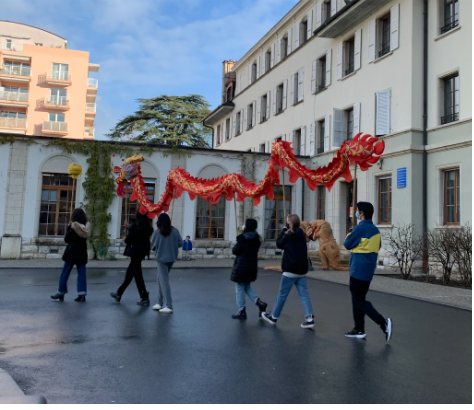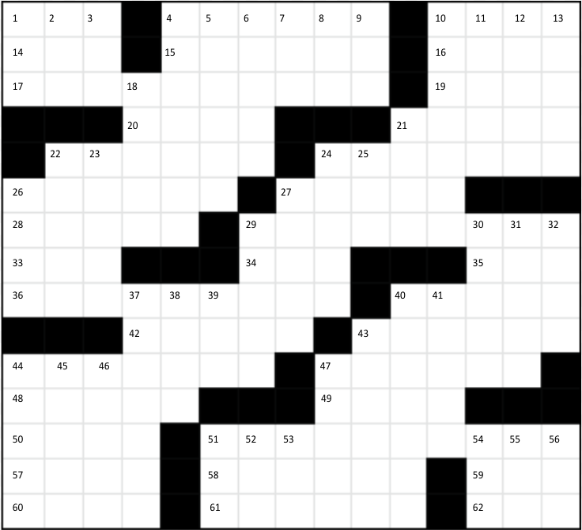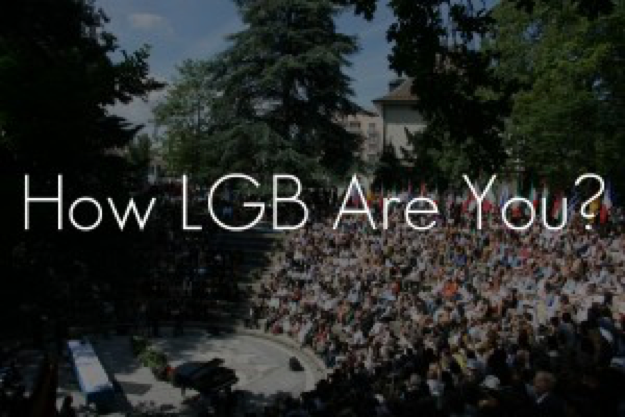By Mutong Qi and Yeon-Ji Oh, Y12
Last week, LGB held a Cultural Awareness Week for the first time! As a significant holiday that is celebrated by many cultures in Asia, the Lunar New Year was commemorated on Thursday, December 9th.
On campus, you could see people dressed up in traditional costumes and hear festive songs being played, such as “Gong Xi Gong Xi”, which is a Chinese Lunar New Year standard that sends the message of “Congratulations” or “Happiness To You” to celebrate the arrival of spring. You could also find curious students gathering around the courtyard watching the dragon dance performed by their peers during break, bringing good luck to the community. Finally, a special “Lunar New Year” themed lunch with Asian-style fried rice and fish was served at the cafeteria, which students found to be delicious and a nice change of flavor.
The origins of the Lunar New Year date back thousands of years and are filled with legends. Today, it is a festival typically celebrated in China and other Asian countries that begins with the first new moon of the lunar calendar and ends 15 days later with the first full moon. Houses are cleaned to remove any bad luck, families gather to honor their ancestors and children receive red envelopes containing small amounts of money as a symbol of good luck for the coming year. Dances and fireworks are prevalent throughout the holidays as well, culminating in the Lantern Festival, which is held on the last day of the New Year’s celebrations to honor deceased ancestors and promote reconciliation, peace and forgiveness.
In Korea, the lunar new year is known as “Seollal” (설날) or also “Gujong” (구정 ). It will fall on the first of February in 2022 and is one of the most widely celebrated holidays. This special holiday takes place throughout the span of several days and often includes the gathering of family members playing folk games, eating traditional food and wearing the traditional costume, Hanbok.
Some traditions include eating a bowl of Tteokguk (rice cake soup) in the morning because of the significant symbol of getting a year older when you do so. Afterwards, youngsters often “sebae” to their elders, meaning they kneel down and bow deeply to them as a sign of respect and wish them luck for the new year. Elders typically reward the youngsters with money in an envelope. Another important tradition is Charae. Charae consists of the worshiping of ancestors where food is set out as a gift for them.
Chinese Chunjie, Vietnamese Tet and Korean Seollal are all examples of celebrations based on this traditional lunisolar calendar of China. They generally hold the same significance of ushering out the old year and bringing forth luck and prosperity of the new one, but are, at the same time, each unique to their own cultures.

Poster for the Lunar New Year celebrations at LGB (designed by Year 12 students)
Spring Festival in China – 春节
春节,是农历正月初一,又叫阴历年,俗称“过年”。这是中华民族最隆重的传统佳节。春节到了,意味着春天将要来临,万象复苏草木更新,新一轮播种和收获季节又要开始。人们刚刚度过冰天雪地草木凋零的漫漫寒冬,早就盼望着春暖花开的日子。所以当新春到来之际,自然要充满喜悦载歌载舞地迎接这个节日。
春节是个欢乐祥和的节日,也是亲人团聚的日子,离家在外的孩子在过春节时都要回家欢聚。除夕晚上,全家老小都一起熬年守岁,欢聚酣饮,共享天伦之乐。待新年的钟声敲过,街上鞭炮齐鸣,家家喜气洋洋,新的一年开始了。男女老少都穿着节日盛装,给家中的长者拜年祝寿,给儿童压岁钱,走亲戚看朋友,相互拜年,道贺祝福。一些地方的街市上还有舞狮子,耍龙灯,演社火,游花市,逛庙会等习俗。这期间花灯满城,游人满街,热闹非凡,盛况空前,直要闹到正月十五元宵节过后,春节才算真正结束了。
受到中华文化的影响,世界上一些国家和地区也有庆贺新春的习俗,只是过节的形式更有自己的民族特色,更蕴味无穷。
Seollal and Chuseok in Korea
설날은 추석과 더불어 대표적인 한국의 명절로 음력 1월 1일 이다. 설날에는 조상에게 차례를 지내고, 친척이나 이웃 어른들에게 세배를 하는 것이 고유의 풍습이다. 차례를 지내고 세배를 한 후에는 윷놀이, 널뛰기, 연날리기 등 여러 민속놀이를 하며 이 날을 즐겼다.현재 설날은 음력설 당일을 기준으로 전날과 다음날을 포함해 총 3일간 공휴일로 지정하고 있다.
보통 설날 아침에는 전통적으로 차례를 지내고, 떡국을 먹는다. 설날에 떡국을 먹는 것이 나이를 한 살 더 먹는다는 독특한 의미가 있다.
차례를 지내고 난 후에는 친척이나 이웃 웃어른들에 세배를 한다. 세배는 웃어른에게 감사의 마음을 표현하고 건강을 기원하는 의미가 담겨 있다. 세배를 받은 웃어른들은 아랫사람에게 답례로 세뱃돈이나 덕담을 해준다.




